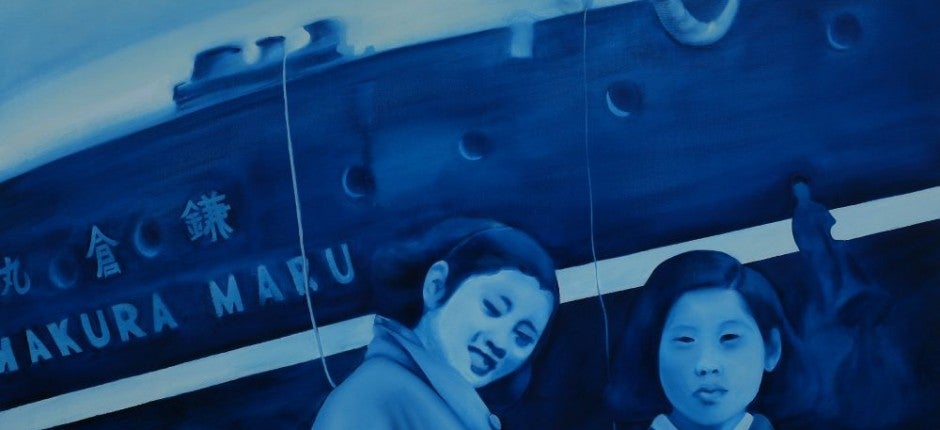American Segregation Started Long Before the Civil WarPosted in Articles, History, Media Archive, Slavery, United States on 2016-09-14 14:08Z by Steven |
American Segregation Started Long Before the Civil War
Nicholas Guyatt, University Lecturer in American History
Cambridge University
How the Founders’ Revolutionary Ideology Laid the Groundwork
Segregation remains an intractable force in American life, more than 60 years after the Supreme Court’s Brown v. Board of Education ruling outlawed racial separation in America’s schools. The Government Accountability Office recently estimated that more than 20 million students of color attend public schools that are racially or socioeconomically isolated. This figure has increased in recent decades, despite a raft of federal and state initiatives.
Major cities like New York and Chicago struggle with high levels of residential segregation, especially at the neighborhood level. The entrenched correlation between race and poverty is partly to blame, but segregation catches even affluent people of color. A recent study found that, while only 9 percent of white Americans earning $100,000 or more lived in poor areas, 37 percent of African-Americans on the same income level lived in poorer neighborhoods.
If we want to understand why racial segregation still exists in America, we should start by understanding its origins…
…And then there was the prospect of racial amalgamation, which scrambled the moral compasses of even the most progressive whites. Of all the European empires in the New World, British North America was the most squeamish on the question of amalgamation. But while the science and religion of the European Enlightenment suggested no barrier to intermarriage, even white Americans who embraced “all men are created equal” struggled with the practical application of that phrase. The preacher David Rice, who tried valiantly to outlaw slavery in the Kentucky constitutional convention of 1792, admitted that his own prejudices against intermarriage were hard to shake; but he was determined, he told his fellow delegates, not to allow irrational feelings to “influence my judgment, nor affect my conscience.”
Alas, many others who spoke in the abstract against slavery failed to follow Rice’s example; or, like Thomas Jefferson, they compartmentalized their private and public lives. It’s now widely accepted that in the 1790s and 1800s, Jefferson secretly fathered six children with Sally Hemings, a multi-racial slave in his household, while insisting in public on his “great aversion” to “the mixture of color.”
It soon became apparent that the realization of “all men are created equal” required more than an abstract recognition of black or Native humanity; it required the surrender of what we now call white privilege. When even the most liberal whites struggled to meet this challenge, they developed an alternative plan that might deliver the United States from the guilt of slavery and oppression without obliging white people to live alongside people of color: perhaps blacks and Indians could be persuaded to move elsewhere…
Read the entire article here.
Nicholas Guyatt teaches American history at the University of Cambridge in England. He is the author of Bind Us Apart: How Enlightened Americans Invented Racial Segregation (Basic Books).

